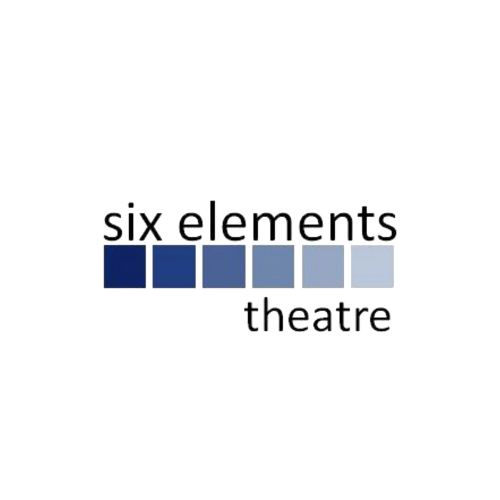As we set about devising The Hound of Chulainn, we realized that our tale of daring heroes and fated prophecy needed to invoke something bigger than the deeds of mortals. Our heroes and their deeds are ever-weighed by an ancient Celtic deity of strife and destiny: The Morrigan, triple goddess of Death, War, and Fate.
“Oh Morrigan, we hail to you, and ask that you carry us with care to the Eternal Lands.”
"I Have Many Names"
The Morrigan, worshipped, loved, and feared by many, is known as The Great Queen, The Raven Queen, The Phantom Queen, Queen of Demons, & The Lady of the Lake to name a scant few.
She is a triune goddess, inhabiting three main aspects, each with her own personality and her own function in Celtic lore;
Macha, meaning raven, represents the wisdom of leadership & protective sovereignty. She is the logical mind whereas Badb, meaning vulture or venomous, is her wrathful side. The legend of the banshee, the harbinger of death, is often associated with Badb. While Nemain, meaning frenzy or fury, is the primal wrath of conflict and war. In true Celtic tradition she also inhabits the traditional forms of Maiden, Mother, & Crone.
“I am the crown that arises from the clash of kings.”
She is said to hover over the battlefields as a raven or hooded crow, and is said to influence the outcome of the fray. She presides over rivers, lakes and fresh water, and is the patroness of revenge, night, magic, prophecy, priestesses and witches.
She is not to be underestimated or ever forgotten.
Her role in Celtic legend is similar to that of the Valkyries in Norse folklore, featured in our last devised piece Valhalla, Tales from the Hall of Heroes, both using magic to cast fetters on warriors & deciding who would live and who would die.
She also appears in the guise of the "Washer at the Ford," were she would be washing the clothes of men about to die in battle. To see her in this form was an omen of death.
A great Goddess of Strife and Fertility, modern Pagans view the role of the Morrigan in a somewhat different light from that of the Ancient Celts, but she remains an appropriate deity for strong and independent individuals. Many followers of the Morrigan erect a permanent shrine in her honor, often using the feather of a crow or raven, or even a piece of red cloth to symbolize the Washer at the Ford.
The Morrigan holds a deep and intense place in the hearts of many. I myself am one of those many and I am so delighted to be a part of sharing some of her stories. Come meet her with us as Six Elements Theatre presents The Hound of Chulainn.
Tess Kean
Company Member

